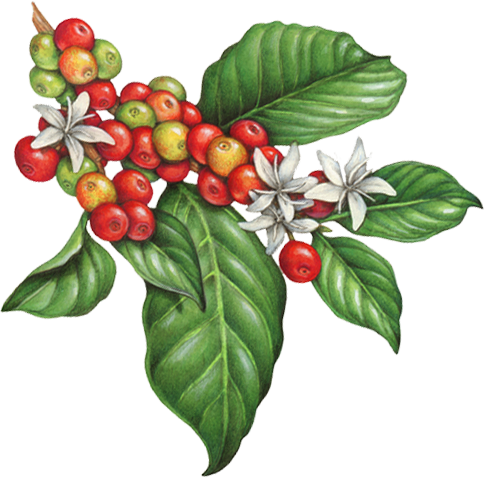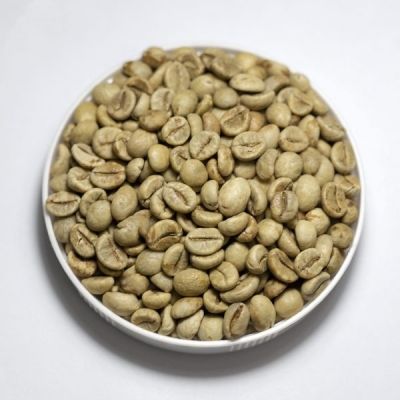Vietnam Wet-processed Robusta Coffee Beans (S16, S18)
Contact
- Variety: Robusta
- Region: Daklak
- Elevation: 800m
- Processing: Wet Processing (Fully-Washed)
- Ripe Rate: 98-99%
- Moisture: 12.5%
- Foreign Matter: 0.1%
- Black: 0.1%
- Broken: 0.2%
- Rate on Sieve: 90%
- Bean size (Sieve): S18, S16
- Capacity: 7000 tons/year
- Price per kilogram: $/kg
Sản phẩm liên quan















